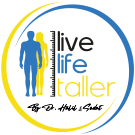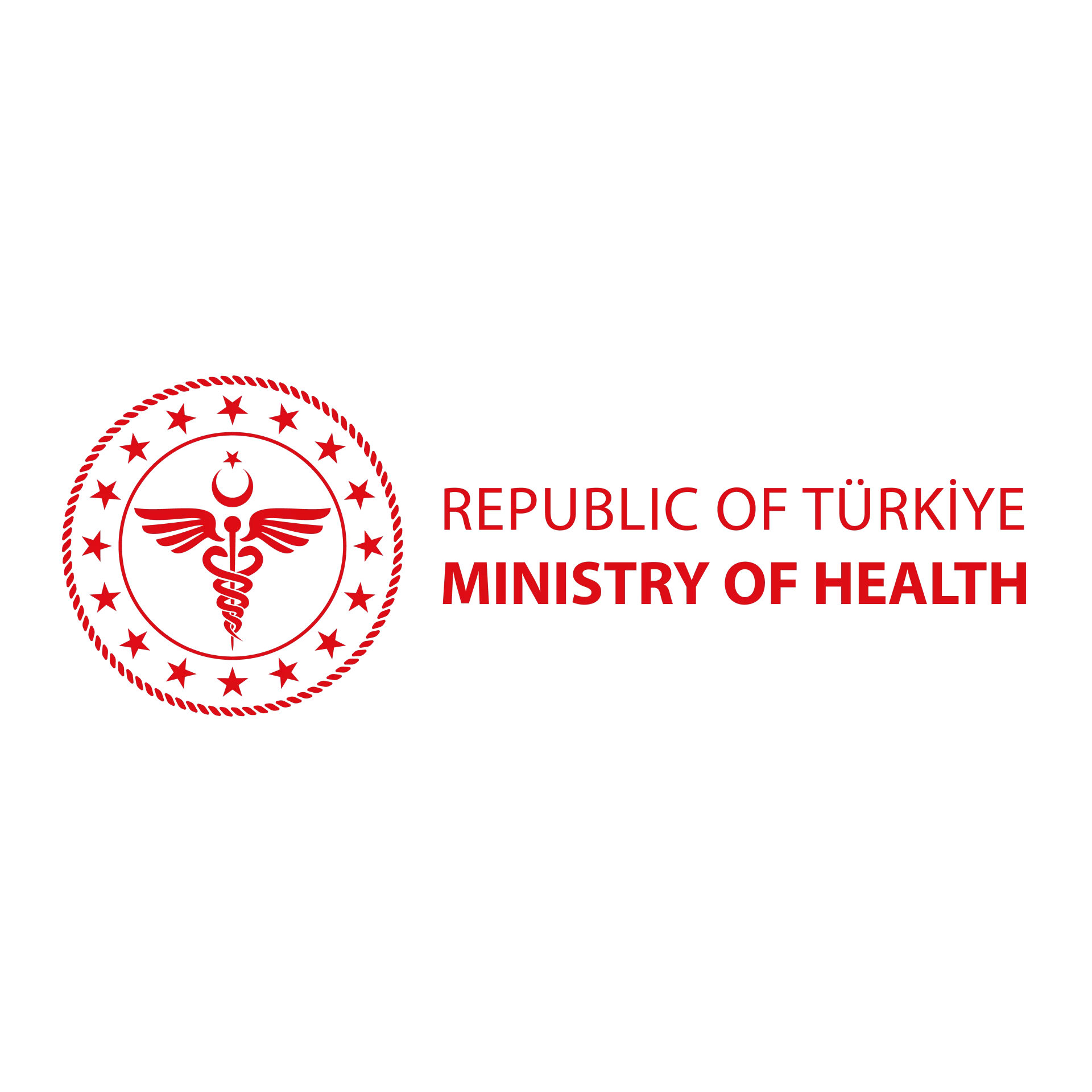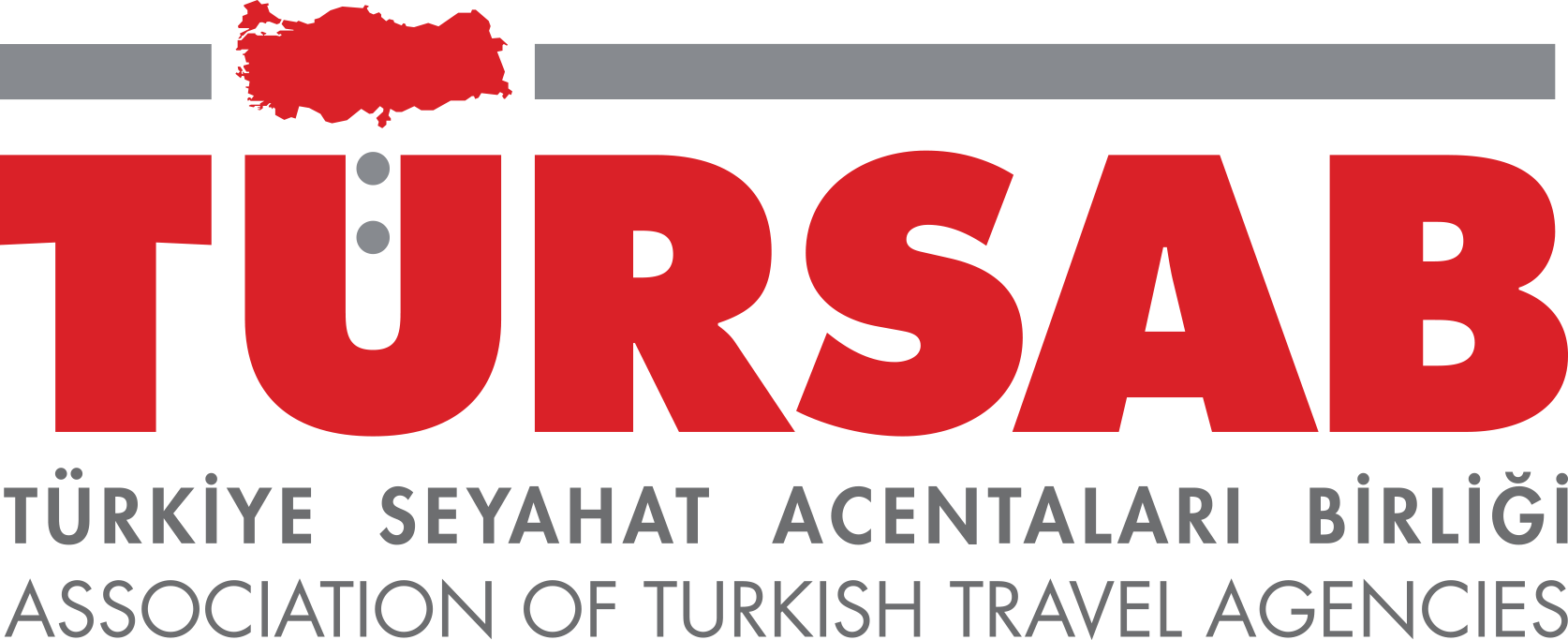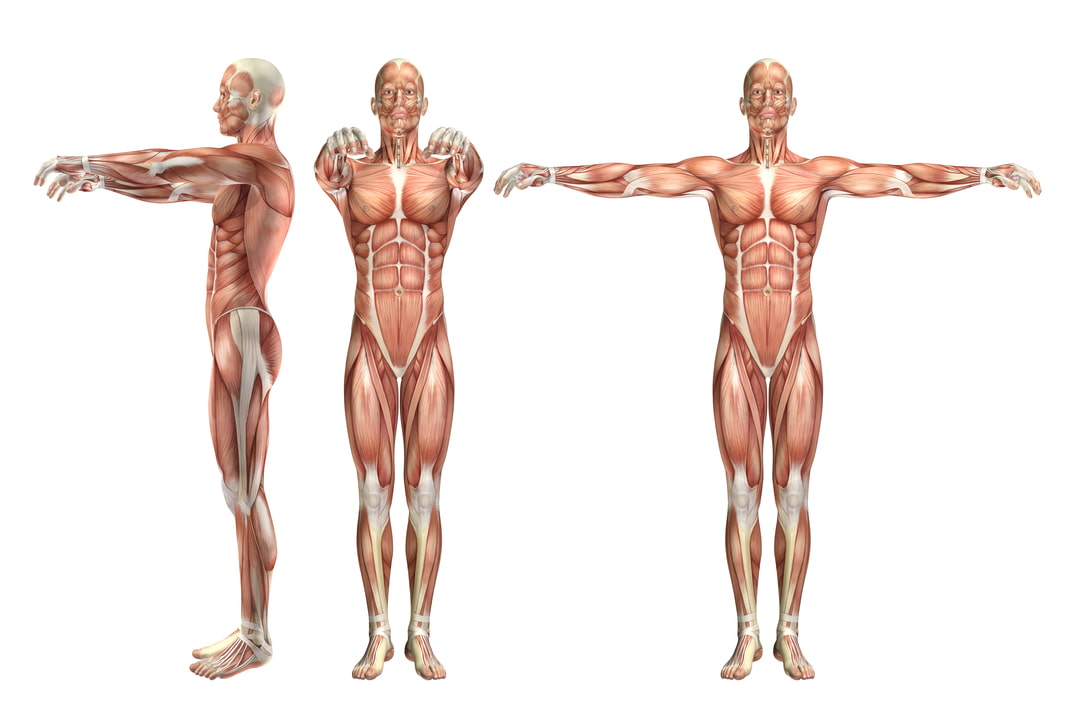
Achondroplasia is the most common form of short-limbed dwarfism, a genetic disorder that affects bone growth, particularly in the limbs. The achondroplasia definition refers to a condition caused by abnormal cartilage development, leading to short stature and other physical characteristics. The meaning of achondroplasia comes from the Greek words meaning “without cartilage formation.” This condition primarily impacts the long bones, leading to dwarfism achondroplasia.
Achondroplasia disease is one of several types of skeletal dysplasia, affecting bone growth. It can be identified at birth or even prenatally through genetic testing. Though cognitive abilities are typically unaffected, individuals with achondroplasia disorder face physical limitations, such as joint problems, spinal issues, and breathing difficulties.
What Is Achondroplasia?
What is achondroplasia? Achondroplasia is a genetic condition that leads to disproportionate short stature. Individuals with achondroplasia dwarfism have normal-sized torsos but shorter limbs, particularly in the arms and legs. This condition occurs due to mutations in the FGFR3 gene, affecting cartilage formation and bone growth. The achondroplasia meaning is associated with skeletal dysplasia, affecting approximately 1 in 25,000 live births globally.
What Are the Symptoms of Achondroplasia?
The symptoms of achondroplasia are usually noticeable at birth or shortly after. Achondroplasia dwarfism symptomsprimarily include:
- Disproportionately short arms and legs, especially the upper arms and thighs.
- A larger head with a prominent forehead (frontal bossing).
- Flattened nasal bridge.
- Short fingers and toes, often with a separation between the middle and ring fingers (trident hand).
- Bowed legs.
- Curvature of the lower spine (lordosis).
- Reduced muscle tone.
- Delayed motor development, such as late walking.
Children with achondroplasia disease often experience delays in motor skills such as crawling and walking, taking longer to reach developmental milestones compared to their peers.In addition to these physical traits, individuals may suffer from health complications such as:
- Breathing problems, including obstructive sleep apnea due to the shape of the skull and nasal passages.
- Frequent ear infections, which can result in hearing loss if left untreated.
- Spinal stenosis, where the spinal canal narrows and puts pressure on the spinal cord, leading to pain or difficulty walking.
How Is Achondroplasia Diagnosed?
How is achondroplasia diagnosed? Diagnosis of achondroplasia disorder is generally made at birth, based on physical characteristics such as short limbs, a larger head, and distinct facial features. Doctors can also use prenatal ultrasound to detect abnormal bone growth if these signs are observed during pregnancy.
For a definitive achondroplasia diagnosis, genetic testing is often used to identify mutations in the FGFR3 gene, which is the primary cause of achondroplasia.
Doctors may also perform imaging tests, such as X-rays, to examine bone structure. These scans typically reveal shortened and thicker bones, characteristic signs of achondroplasia.
What Causes Achondroplasia?
What causes achondroplasia? Achondroplasia causes are linked to a mutation in the FGFR3 gene, responsible for regulating bone growth. This mutation leads to abnormal cartilage formation, particularly in the long bones, causing dwarfism achondroplasia.
The causes of achondroplasia are typically spontaneous genetic mutations during conception. Around 80% of cases result from new mutations, with no family history of the condition. However, if one parent has achondroplasia, there is a 50% chance the child will inherit the condition. This mode of inheritance is called autosomal dominant, meaning only one copy of the mutated gene from either parent can result in achondroplasia.
Can Achondroplasia Be Treated?
Can achondroplasia be cured? Unfortunately, there is no cure for achondroplasia, but achondroplasia treatmentsfocus on managing the symptoms and improving quality of life. While the genetic mutation causing the condition cannot be reversed, various treatments for achondroplasia help individuals lead fulfilling lives by addressing complications such as spinal stenosis, joint issues, or breathing difficulties.
How Is Achondroplasia Treated?
How is achondroplasia treated? The treatment of achondroplasia focuses on managing complications associated with the disorder. The following achondroplasia therapy options can help improve physical function and overall health:
- Physical therapy: This can improve muscle strength, flexibility, and coordination, particularly in children with delayed motor skills. Early physical therapy enables children with achondroplasia to reach developmental milestones at a pace closer to their peers.
- Surgery: In severe cases, surgery may be required to correct bone deformities, such as bowed legs or spinal stenosis. Limb-lengthening surgery is also an option for those seeking to increase height, although it carries risks and involves a lengthy recovery.
- Growth hormone therapy: While controversial, growth hormone therapy has been used in some cases to stimulate growth in children with achondroplasia. Its effectiveness remains debated and varies from person to person.
- Medical monitoring: Regular check-ups with specialists, such as orthopedic surgeons, neurologists, and respiratory therapists, are essential to address complications like spinal stenosis, sleep apnea, or frequent ear infections.
- Occupational therapy: This helps children develop skills necessary for daily activities, especially if their achondroplasia disorder impacts fine motor function.
In cases where more severe complications arise, achondroplasia dwarfism treatment may require surgical interventions to relieve pressure on the spinal cord or to correct bone deformities.
What Are the Characteristics of Achondroplasia?
The achondroplasia characteristics are largely physical and become apparent early in life:
- Disproportionate short stature with a longer torso and shorter limbs.
- Bowed legs and curved spine (lordosis or kyphosis).
- Short fingers with trident hand appearance.
- A large head with a prominent forehead.
While these achondroplasia effects affect physical appearance and function, cognitive abilities remain unaffected. Most individuals with achondroplasia disease lead normal lives, with proper medical management and support to address physical challenges.
What Is the Life Expectancy of Achondroplasia?
Achondroplasia life expectancy is generally close to that of the general population. With appropriate medical care and monitoring, individuals can live long, healthy lives. However, certain complications, such as respiratory problems or spinal issues, may affect overall achondroplasia life span.
The life expectancy for achondroplasia has improved significantly due to advancements in medical care. The average achondroplasia age expectancy is now close to that of the general population. Most individuals live full, active lives into adulthood, with an achondroplasia average lifespan comparable to those without the condition.
Does the Genetics of Achondroplasia Dwarfism Run in Families?
Is achondroplasia hereditary? Yes, achondroplasia dwarfism genetics can be passed down from parents to their children. If one parent has achondroplasia, there is a 50% chance that the child will inherit the condition. If both parents have achondroplasia, there is a 25% chance that the child will inherit two copies of the mutated gene, which can be fatal shortly after birth. In most cases, however, achondroplasia results from spontaneous genetic mutations without a family history.
FAQ
Does Achondroplasia Affect the Brain?
Does achondroplasia affect the brain? No, achondroplasia does not typically affect brain development or cognitive function. Individuals with achondroplasia generally have normal intelligence. However, some may develop hydrocephalus (fluid buildup in the brain), which requires medical intervention.
Is Achondroplasia Hereditary?
Is achondroplasia hereditary? Yes, achondroplasia can be inherited through autosomal dominant inheritance. If one parent has the condition, there is a 50% chance of passing it on to their child. However, most cases result from spontaneous mutations rather than inheritance.
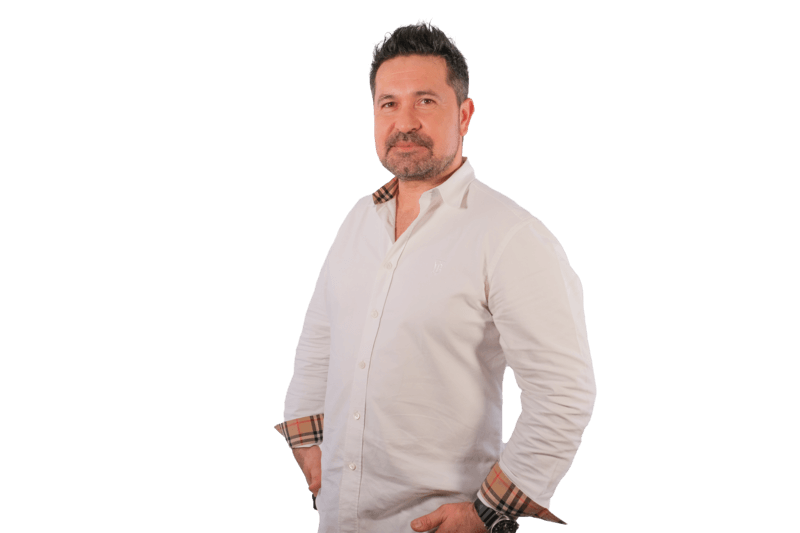
Orthopedic Surgeon and specialist in Limb Lengthening & Deformity Correction with over 14 years of experiences
Author Page